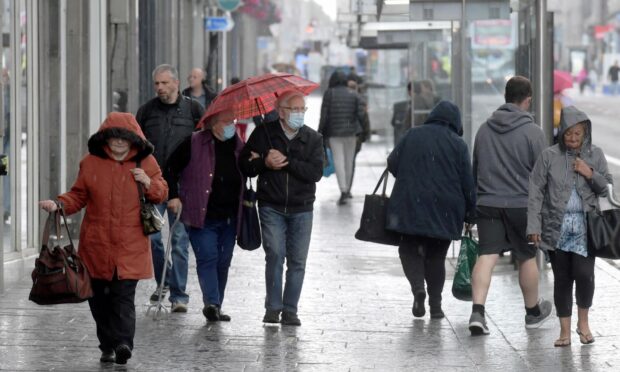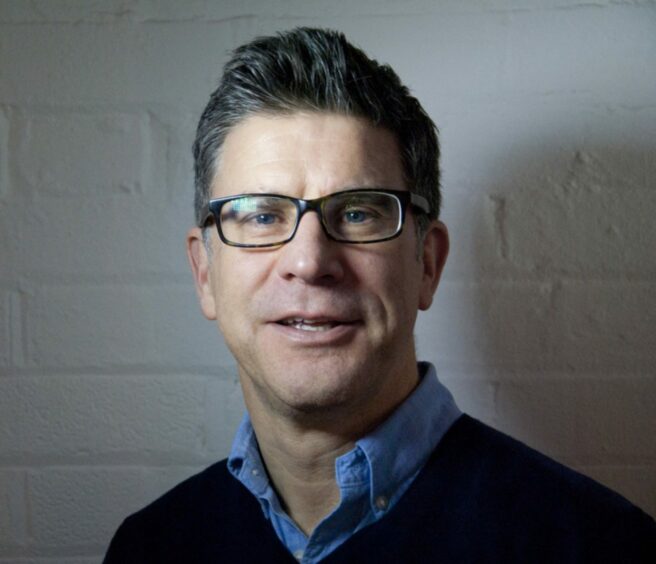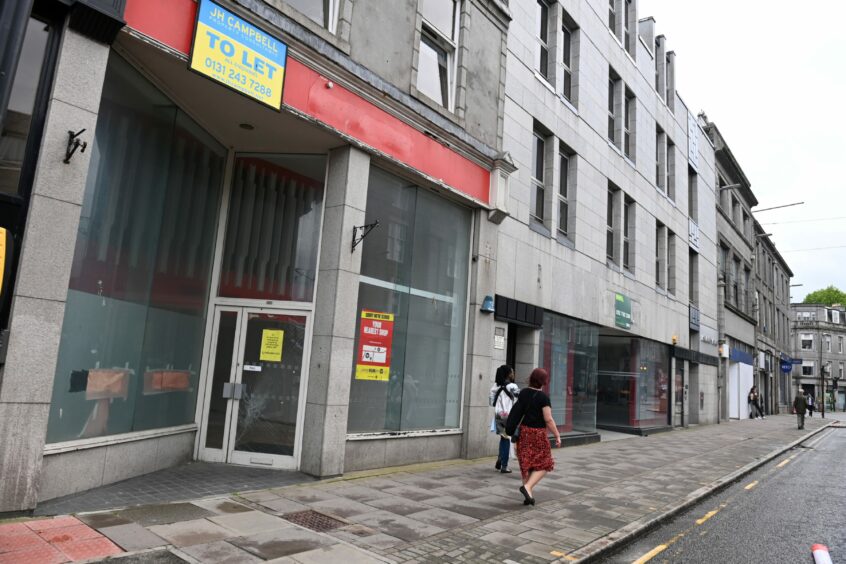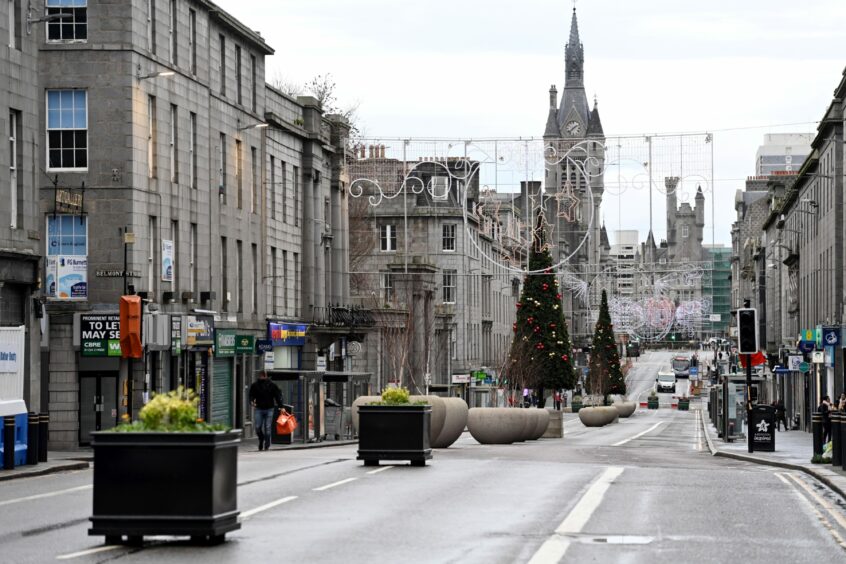The pandemic has hit Aberdeen retailing harder than any other big city in Scotland, according to the boss of a UK think-tank.
Andrew Carter urged the Scottish Government and council chiefs to start taking steps to get more people into the heart of the Granite City – for both work and leisure – “as soon as it is safe”.
Mr Carter is chief executive of urban policy research unit Centre for Cities.
He was speaking on the eve of the group unveiling its latest annual Cities Outlook report.
“As soon as it’s safe to do so policymakers at Holyrood and in the council should consider what steps they need to take to encourage more visitors to return for both work and leisure.”
Andrew Carter, CEO, Centre for Cities.
Published today (January 24), the document focuses on high streets and city centres and how they have been impacted by Covid-19.
There’s a grim story in it for Scotland generally, with the report saying the coronavirus has cost cities north of the border more than six months-worth of high street retail sales.
Mr Carter said: “The pandemic has Aberdeen city centre harder than any other big city in Scotland.
Empty storefronts
“Businesses there have lost more than half a year’s potential sales and, as a result, empty storefronts have increased by more than five percentage points – the eighth highest in the whole UK.
“Much of the problem that businesses in the centre of Aberdeen face is caused by a persistent lack of office workers.
“As soon as it’s safe to do so policymakers at Holyrood and in the council should consider what steps they need to take to encourage more visitors to return for both work and leisure.”
The Centre for Cities report shows Aberdeen way out in front in Scotland and eighth across the whole UK for city centre shops falling vacant during the Covid pandemic.
Shop vacancies in the Granite City increased by 5.6% between March 2020 and November 2021.
This is compared with 4.8% in Dundee, 4.7% in Glasgow and 2.3% in Edinburgh.
Dundee has the highest percentage of vacant city centre shops, with 22.6% of the total stock lying empty.
It is followed by Aberdeen (19.9%), Glasgow (18.7%) and Edinburgh (10.1%).
But Aberdeen is not quite as bad as Edinburgh or Glasgow in terms of lost sales.
Central Edinburgh is worst affected on that score, losing 43 weeks of potential sales between the first lockdown and Omicron’s onset.
Glasgow and Aberdeen lost 42 and 39 weeks respectively.
Dundee had the fewest lost weeks of sales, a total of 32, among Scotland’s four largest cities, says the report, which does not offer any corresponding figures for Inverness.
While government support has sheltered weaker places, Centre for Cities says it may have simply stored up pain for the future.
Many less prosperous places in Scotland face a wave of new business closures this year, the report warns.
Across the 52 city and town centres studied, 2,426 commercial units have become vacant during the pandemic, compared with 1,374 between 2018 and 2020.
The report urges policy-makers to focus on dealing with struggling places’ fundamental economic problems to address high street decline.
Centre for Cities says this means investing in skills and ways to strengthen the wider local economy to increase money in shoppers’ pockets, rather than on “cosmetic” quick fixes, such as hanging baskets and painting shop fronts.
Mr Carter said: “While the pandemic has been a tough time for all high streets, it has levelled down more prosperous cities and towns in Scotland.
“Despite this, the strength of their wider local economies means they are well-placed to recover quickly from the past two years.”
While the pandemic has been a tough time for all high streets, it has levelled down more prosperous cities and towns in Scotland.”
“The bigger concern is for economically weaker places – primarily in the north (of England) and Midlands, where Covid-19 has actually paused their long-term decline.
“To help them avoid a wave of high street closures this year the (UK) government must set out how it plans to increase peoples’ skills and pay to give them the income needed to sustain a thriving high street.”
Analysis published by the Scottish Retail Consortium last week estimated shops in this part of the UK have missed out on £5.8 billion of retail sales during the past two years.
Plunging Scottish footfall prompts plea for grants for shops
Scott Begbie: New Aberdeen Market will serve up a tasty boost for heart of our city



